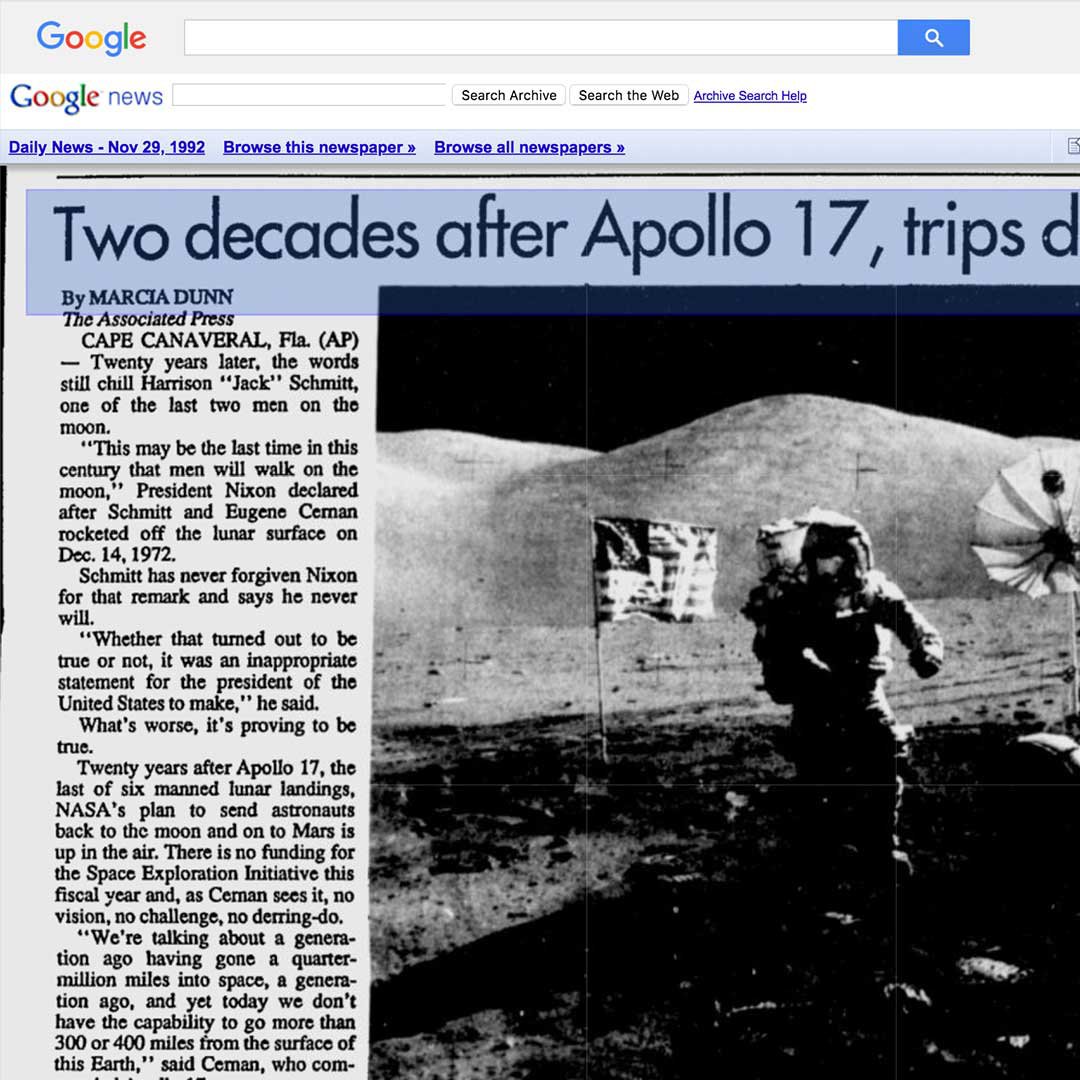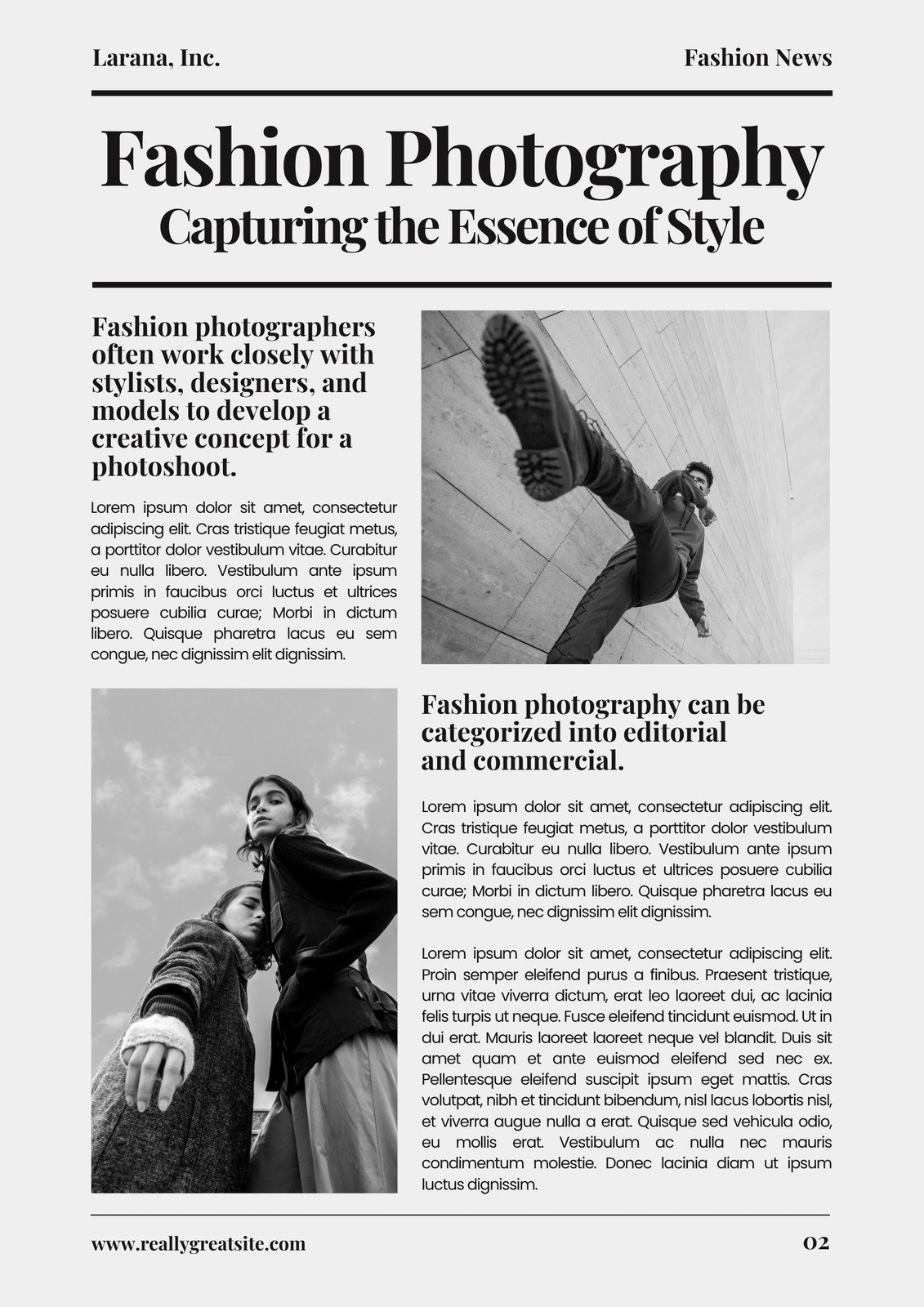Facts About News Articles Revealed
Facts About News Articles Revealed
Blog Article
Examine This Report about News Articles
Table of ContentsThe Best Strategy To Use For News Articles3 Simple Techniques For News ArticlesIndicators on News Articles You Need To KnowEverything about News ArticlesAll About News Articles
Good knowledge of different subjects gives pupils an affordable side over their peers. Although digital and social media are readily obtainable, we must not fail to remember exactly how important it is to review the newspapers. Moms and dads must attempt and inculcate the routine of reading a paper as a daily routine to continue the tradition of the adored print tool.Newspaper article likewise have at the very least among the adhering to essential features family member to the designated audience: proximity, prominence, timeliness, human interest, oddity, or repercussion. The relevant term journalese is often made use of, generally pejoratively, to describe news-style writing. One more is headlinese. Newspapers generally stick to an expository writing design.
Within these limits, news tales also aim to be comprehensive. Among the larger and a lot more recognized newspapers, justness and equilibrium is a major factor in providing info.
Newspapers with a worldwide target market, for instance, have a tendency to utilize an extra formal design of writing. News Articles.; typical design overviews include the and the United States News Design Publication.
Getting The News Articles To Work
Generally, journalists will not utilize a lengthy word when a short one will certainly do. They make use of subject-verb-object building and construction and vibrant, active prose (see Grammar). They provide anecdotes, instances and metaphors, and they rarely rely on generalizations or abstract ideas. Information writers attempt to prevent utilizing the same word more than once in a paragraph (sometimes called an "echo" or "word mirror").
Headlines occasionally omit the topic (e.g., "Jumps From Watercraft, Catches in Wheel") or verb (e.g., "Cat female fortunate"). A subhead (additionally subhed, sub-headline, subheading, subtitle, deck or dek) can be either a subservient title under the main headline, or the heading of a subsection of the article. It is a heading that precedes the main message, or a group of paragraphs of the primary message.

Extra billboards of any of these types might show up later on in the short article (specifically on subsequent web pages) to tempt further analysis. Such billboards are also utilized as reminders to the post in various other sections of the publication or website, or as ads for the piece in other publication or sites. Regular framework with title, lead paragraph (recap in strong), various other paragraphs (details) my company and contact information.

Example of a hard-lead paragraph NASA is proposing one more space job. The firm's budget request, revealed today, consisted of a strategy to send one more mission to the Moon. This time the agency intends to establish a long-term facility as a jumping-off factor for various other area journeys. The budget plan demands around $10 billion for the project.
The NASA announcement came as the firm requested $10 billion of appropriations for the task. An "off-lead" is the 2nd most crucial front page information of the day. The off-lead appears either in the top left corner, or straight below the lead on the right. To "bury the lead" is to begin the short article with background info or details of second significance to the viewers, requiring them to check out even more deeply right into a short article than they should need to in order to uncover the vital points.
News Articles Things To Know Before You Buy
Typical usage is that one or 2 sentences each create their very own paragraph. Journalists normally define the company or structure of a newspaper article as an inverted pyramid. The essential and most interesting aspects of a tale are placed at the beginning, with sustaining info adhering to in order of diminishing value.
It allows individuals to explore a topic to just the deepness that their interest takes them, and without the imposition of details or nuances that they can take into consideration unimportant, yet still making that information readily available to extra interested viewers. The upside down pyramid structure additionally allows write-ups to be cut to any type of arbitrary size during design, to fit in the space offered.
Some writers begin their tales with the "1-2-3 lead", yet there are many type of lead available. This layout invariably begins with a "Five Ws" opening paragraph (as explained above), adhered to by an indirect quote that serves to sustain a major element of the initial paragraph, and afterwards a straight quote to support the indirect quote. [] A kicker can describe numerous things: The last story in the news program; a "delighted" story to end the program.
Longer articles, such as publication cover write-ups and the pieces that lead the within sections of a paper, are known as. Function tales differ from straight news in numerous ways.
Some Known Incorrect Statements About News Articles
An this hyperlink attribute's first paragraphs typically associate an intriguing minute or event, as in an "unscientific lead". From the details of a person or episode, its sight quickly expands to generalities about the story's read subject.

The Editor's Toolbox: A Recommendation Overview for Beginners and Professionals (2001) Allan M. Siegal and William G. Connolly. The New York Times Guidebook of Style and Use: The Authorities Design Overview Made Use Of by the Writers and Editors of the World's Many Authoritative Paper (2002) M. L. Stein, Susan Paterno, and R.
Report this page